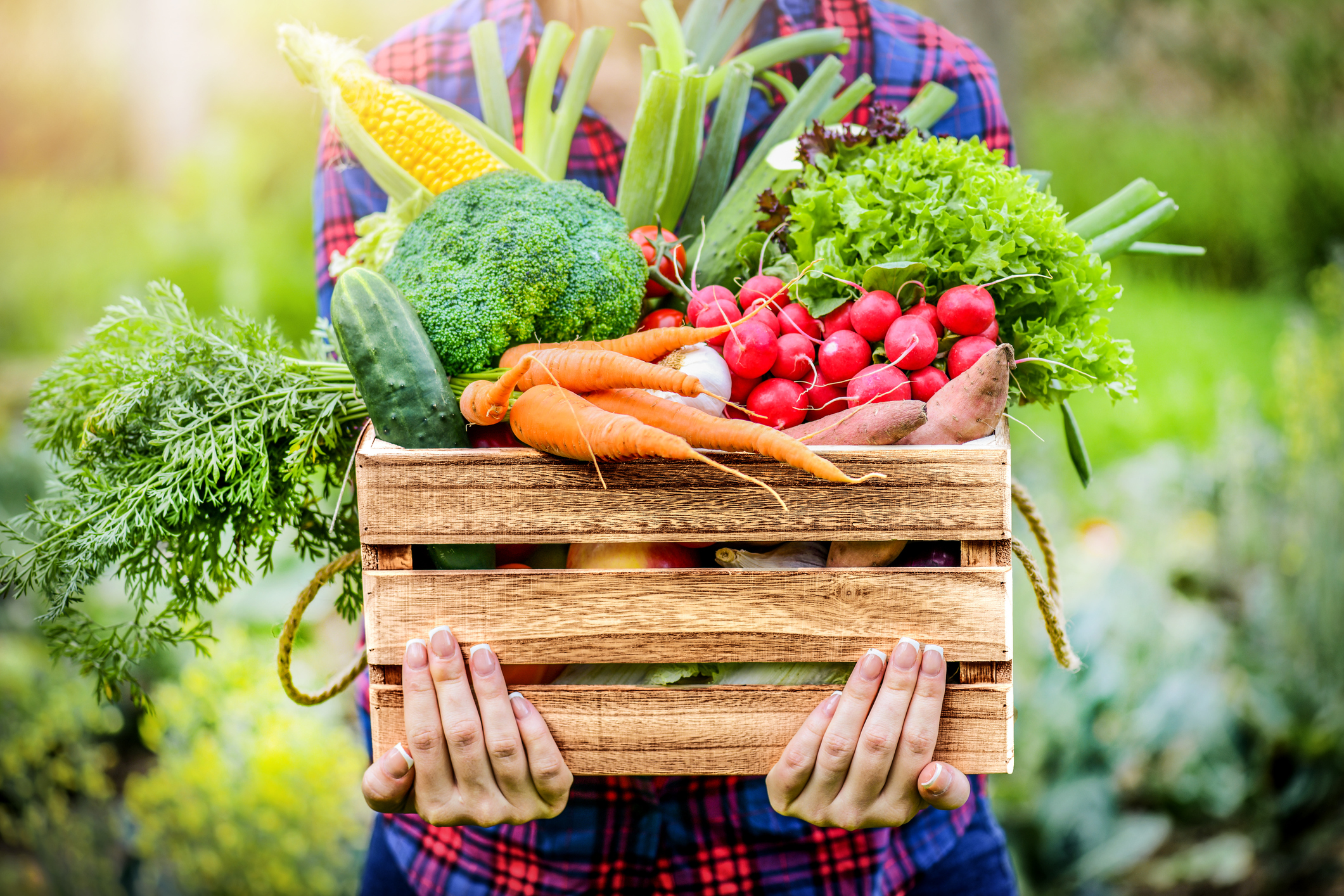Your Diet Can Promote Healthy Gut Bacteria and Colon Health…
 Posted at Nov 2022
Posted at Nov 2022

Your Diet Can Promote Healthy Gut Bacteria and Colon Health…
How Changes To Your Diet Can Feed Healthy Gut Bacteria & Improve Colon Health
From E. coli outbreaks to UTIs, bacteria get a pretty bad wrap. But let’s set the record straight: not all bacteria are bad news. In fact, there are millions of bacterial microbes living in our bodies – on the surface of our skin, in our throats and mouth, and all throughout our digestive tract – that contribute to our healthy functioning. The vast majority of these healthy bacteria can be found in the gut.
Your gut bacteria are especially critical to your health as they help prevent colorectal cancer (cancers of the colon and rectum). While colorectal cancer cases and deaths have been decreasing in prevalence in the United States overall, due to better screening and treatment, rates are rising in younger adults.
The overall risk is still low (affecting less than 1% of younger adults) yet the upward trend is cause for concern. According to the American Cancer Society, in the last year there were about 18,000 cases and 3600 deaths from colorectal cancer in people under 50. While we don’t understand all the reasons for this increase, it is estimated that up to 75% of cases could be preventable with diet and lifestyle changes, and one of the ways these changes affect the gut is through optimizing healthy gut bacteria.
Red Meat & Alcohol: Gut Health No-No’s
In the past there have been plenty of research studies focused on which foods are associated with an increased risk of colorectal cancer. We know that diets high in red meats, and especially processed meats, increase our risk (though there is some debate about whether this applies to all red meat equally or whether it depends on the method of raising the animal and the way the meat is prepared).
We also know that moderate or heavy alcohol use can increase the risk between 20-40%. That’s because alcohol interferes with your healthy gut bacteria’s ability to absorb nutrients, creating a hospitable environment for bad bacteria to grow.
Fiber: Your Gut Bacteria’s Preferred Snack
On the other hand, diets that include food sources high in fiber like vegetables, fruits, beans/legumes, and whole grains are associated with lower risk. We generally think of fiber as helping to keep things moving in our gut, which helps get waste products out of the body promptly. But another underappreciated aspect of fiber is the fact that it is “food” for our healthy bacteria.
For the most part, the types of gut bacteria which are healthiest for us are those that consume undigested fiber in our intestines and then make something beneficial for us (a symbiotic relationship). These types of bacteria generally do one or more of the following types of things to keep our guts and bodies healthy for us:
- Interact with our gut immune system to keep inflammatory pathogenic bacteria and yeast away
- Produce vitamins or other health-promoting substances from the foods we eat that we absorb and use in our bodies.
- Produce substances such as short-chain fatty acids, which increase the health of our intestinal cells, maintaining proper intestinal permeability, and protecting against inflammation.
- Help regulate the metabolism, reducing our risk of blood sugar problems and diabetes (another risk factor for colorectal cancer).
Send Cancer Packing
Including high amounts and a large variety of high-fiber foods helps to make sure we are feeding our healthiest gut bacteria and getting the health benefits they provide for us. The average American gets about 10-15 grams of fiber in their diet per day, but the recommended amount is 25-30 grams. We are only getting half the fiber we need on average; that’s a lot of starving bacteria!
Until we fully understand how one type of fiber affects the gut bacteria differently than another type, the best recommendation is eat a wide variety of high-fiber foods. This would include a variety of vegetables, fruits, beans/legumes, and whole grains. Focusing on variety will create a richer and more diverse population of gut bacteria. Having a diverse group of bacteria takes advantage of the varied health properties of each species.
You can review lists of high fiber foods to get an idea of which types of vegetables, fruits, beans/legumes, and grains provide the highest grams per serving, but I always recommend focusing more on the foods you will actually enjoy. It is hard to be consistent with any diet changes over time if you do not at least partly enjoy the changes you are making.
Finally, it can be normal to have a temporary increase in gas when increasing the fiber in your diet. However, if you are someone whose digestive function gets really aggravated for more than a couple of days (increased bloating, gas, or abdominal cramping) check with your naturopathic doctor. That is a good indication that you have an underlying gut dysfunction that could be corrected to allow you to enjoy these foods without the discomfort.
Written by Dr. Jennifer Zeglen, ND
Spark Health’s team of naturopathic doctors take a collaborative approach to natural medicine, partnering with patients to help them achieve their unique health and wellness goals. If you are interested in learning more about our services and integrated approach to medicine contact us.
Spark Health Naturopathic Wellness Center is located in Solana Beach, San Diego County, CA, and was founded in 2013.













